Short skis and snowblades are shaking up winter sports. They’re compact (15–47 inches), lightweight, and compatible with regular winter boots, making them easy to carry and fun for beginners and seasoned skiers alike. Unlike their longer counterparts, they’re perfect for quick turns, freestyle tricks, or even a snowy backyard adventure. Plus, they’re budget-friendly, with options starting at $150.
Here’s the deal: Short skis have roots in ancient snow tools used for survival in Scandinavia and Russia. Fast forward to the 1970s and 80s, and they evolved into recreational gear with better control, bindings, and maneuverability. By the 1990s, they were a hit, offering a simpler, more accessible way to enjoy the slopes.
Enter Snowfeet*, a modern leader in short ski innovation. Their gear, like the 15-inch Mini Ski Skates or 39-inch Skiblades, works with everyday shoes and fits in a backpack. It’s all about making snow sports easier, cheaper, and more fun for everyone - from city dwellers to families.
Want to try something new this winter? Short skis could be your next go-to.
Early Origins and Historical Development
From Ancient Snow Tools to Modern Prototypes
The story of short skis goes way back - think ancient Scandinavia and Russia. Back then, people weren’t hitting the slopes for fun. They were strapping wooden planks to their feet to survive harsh winters and navigate snowy terrain. These early designs weren’t about style or speed; they were about getting from point A to point B. Fast forward to the mid-20th century, and innovators started rethinking the concept. They focused on creating compact skis that offered better control and were easier to maneuver. This shift in thinking challenged the long-standing belief that longer skis were always better. These early prototypes laid the groundwork for modern snowblades and inspired brands like Snowfeet*, which have taken the concept to new heights.
The Evolution of Short Skis Through the Decades
The compact ski idea didn’t stop with ancient wooden planks. By the 1970s, European manufacturers were experimenting with shorter ski designs that made turning and balancing easier. Then came the 1980s, a decade of breakthroughs in binding systems and compatibility. These upgrades made short skis more stable and user-friendly, which helped them gain traction in the recreational market. These advancements weren’t just technical - they were transformative, setting the stage for the short skis we know today. Suddenly, skiing wasn’t just for the pros; it was becoming more accessible and fun for everyone.
Transitioning to Recreational Gear
By the 1980s and early 1990s, short skis had fully transitioned from survival tools to recreational must-haves. Ski resorts began offering them as rental options, tapping into a growing demand for gear that prioritized fun and ease of use. This shift mirrored a broader trend in winter sports: making activities more approachable and less intimidating. While big names like Burton, Rossignol, and Salomon continued to dominate the market with their long, specialized skis, Snowfeet* carved out its own space. Their products appeal to a modern audience looking for something fresh, dynamic, and, most importantly, fun.
This evolution - from practical, utilitarian tools to playful recreational gear - marked a major turning point in winter sports. The focus shifted to creating experiences that are accessible, enjoyable, and less about technical mastery or hefty price tags. It’s a change that’s opened up the slopes to a whole new crowd.
The Rise of Commercial Short Skis and Snowblades
The 1990s Surge in Popularity
By the late 1990s, short skis and snowblades started gaining traction, moving from experimental prototypes to must-try gear for winter sports fans. Manufacturers began exploring shorter designs to meet the growing demand for equipment that was easier to handle and more beginner-friendly than traditional long skis. This shift wasn’t just about gear - it marked a cultural change in the skiing world. U.S. resorts caught on quickly, adding these compact skis to their rental options. Both first-timers and seasoned skiers were drawn to the promise of a fresh, exciting way to hit the slopes. This momentum set the stage for major advancements in design.
Key Product Developments
As interest in short skis grew, designers got to work refining their features. Early challenges like weight and limited performance were addressed with smarter construction techniques. Lighter cores made the skis easier to control, while twin-tip designs opened the door for tricks and backward skiing. Parabolic sidecuts made turning smooth and precise, and upgraded bindings ensured better compatibility with various boots. Together, these improvements made skiing not only more fun but also more comfortable, allowing riders to spend longer days on the mountain while experimenting with freestyle moves and tackling tricky terrain.
Impact on Winter Sports
Short skis and snowblades changed the game by making skiing more inviting. Some ski schools began using them to help beginners learn the basics faster, while younger skiers saw them as the perfect tool for trying out freestyle tricks in terrain parks. This gear bridged the gap between newcomers and experienced skiers, creating a shared sense of adventure on the slopes.
This wave of innovation paved the way for modern brands like Snowfeet*. Snowfeet* has taken the concept of ultra-short, versatile snow gear to the next level. Designed to work with regular winter boots, their products build on the breakthroughs of the past, offering an even more accessible and fun way to enjoy winter sports. Snowfeet* continues to push boundaries, making the slopes a playground for everyone.
Snowfeet* Snowblades | Skiboards | Skiblades | Short Skis - Complete Guide | All you need to know
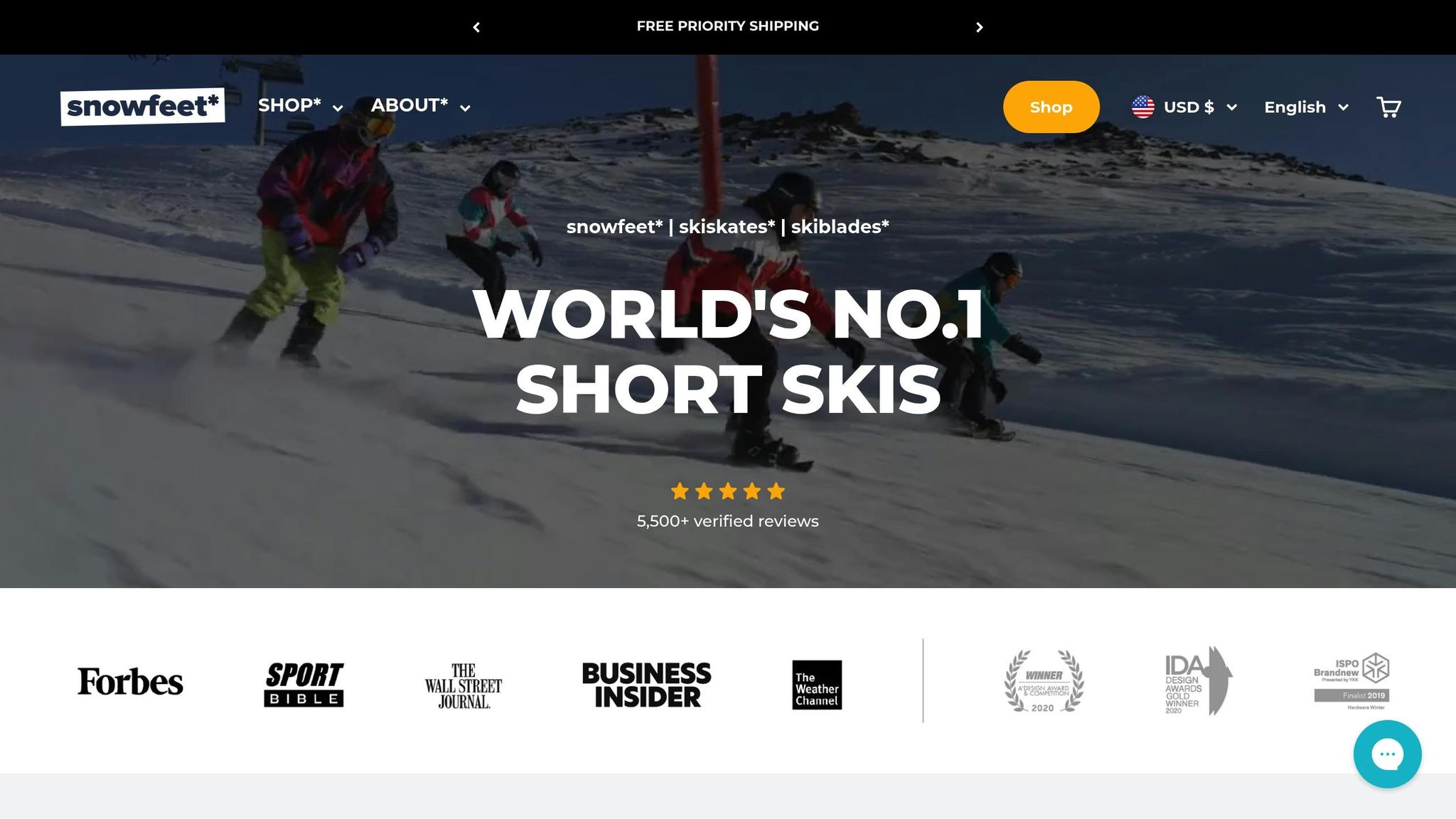
sbb-itb-17ade95
Snowfeet*: Leading Short Skis and Snowblades
Snowfeet* has shaken up the world of short skis, turning early prototypes into an entirely new category of winter sports. Founded by Zbynek and Michael, this company didn’t just follow the trend - they reshaped it. While traditional ski makers stick to long skis for stability at high speeds, Snowfeet* took a different route. They designed gear that pairs with regular winter boots, focusing on fun, versatility, and simplicity.
Snowfeet* is also carving out space for skiskating as an emerging winter sport, with a bold dream of seeing it in the Olympics someday. By challenging the long-standing belief that longer skis are always better for speed and stability, they’re proving that smaller skis can deliver a thrilling and unique experience. This forward-thinking mindset defines Snowfeet*’s product lineup and their mission to make winter sports accessible to more people.
Snowfeet* Product Lineup
Snowfeet* offers a range of short ski products, from ultra-compact mini skis to models that blur the line with traditional equipment. Their standout Mini Ski Skates are just 38 cm long and start at $150. For those wanting something a bit more advanced, the Snowfeet PRO, measuring 50 cm, comes with adjustable bindings and costs $199.
For skiers looking for longer options, their Skiblades range from 65 cm models priced at $450 to premium 99 cm versions at $490. At the top of the line, their Short Skis, measuring 120 cm, are priced at $690.
One big advantage? Universal compatibility. Most of their products work with regular winter shoes, snowboard boots, or ski boots, so there’s no need to invest in expensive, specialized footwear.
Benefits of Snowfeet* Products
Snowfeet* brings a fresh approach to winter gear, offering clear advantages for today’s snow enthusiasts. With prices starting at $150, they make winter sports more affordable compared to traditional setups.
Portability is another huge win. Mini Ski Skates are lightweight and compact enough to fit in a standard backpack, making them perfect for spontaneous snow-filled adventures. Whether it’s fresh snow in your backyard or a quick trip to a trail, these skis are easy to bring along.
The learning curve? Surprisingly gentle. Thanks to their shorter length and simpler design, beginners often feel comfortable on Snowfeet* gear within an hour. Compare that to traditional skiing, which usually involves multiple lessons before you start feeling confident.
Versatility is another standout feature. While traditional skis are designed for groomed slopes and snowboards shine under specific conditions, Snowfeet* products adapt to a variety of terrains. From slopes and terrain parks to hiking trails and even your backyard, they offer a multipurpose solution for snow lovers.
Why Snowfeet* Outperforms Standard Skis and Snowboards
Traditional skis, often 150 cm or longer, can feel bulky and require specialized gear. Snowfeet*, with lengths ranging from 38 to 120 cm, offers a lighter, more compact option that’s easier to control and transport. This makes them perfect for tight spaces, crowded runs, and terrain parks where quick turns and maneuverability are key.
While long skis do excel at high-speed stability on wide, open slopes, most recreational skiers benefit more from the agility and control that Snowfeet* provides. Their lighter design also means less fatigue, which is especially helpful for kids, older adults, or anyone who just wants to enjoy the ride without wrestling with heavy equipment.
Another major plus? Snowfeet* works seamlessly with everyday footwear. Unlike traditional skis that often require expensive, specialized boots, these products keep things simple. They’re also easier to store - no need for a dedicated storage area or complicated transport solutions. A closet or the trunk of your car is all you need, making winter sports more practical and hassle-free for everyday enthusiasts.
Comparing Snowfeet* to Standard Skis and Snowboards
Snowfeet* vs. Standard Skis and Snowboards
Snowfeet* brings something fresh to the table, especially when you compare it to traditional skiing and snowboarding gear. Let’s break it down:
| Feature | Snowfeet* Products | Traditional Skis | Snowboards |
|---|---|---|---|
| Length | 38–120 cm (15–47 inches) | About 150–180+ cm (59–71 inches) | About 140–170 cm (55–67 inches) |
| Weight | Lightweight | Heavier and bulkier | Moderate to heavy |
| Learning Time | Quick to pick up | Usually requires lessons | Takes extended practice |
| Boot Compatibility | Works with winter shoes, ski boots, or snowboard boots | Requires specific ski boots | Requires specific snowboard boots |
| Storage Space | Fits in a backpack | Needs a roof rack or large space | Needs moderate storage space |
| Price Range | $150–$690 | $300–$1,500+ (plus boots) | $200–$800+ (plus boots) |
| Terrain Versatility | Works on slopes, parks, trails, and even backyards | Best for groomed slopes | Great for slopes and parks |
| Maintenance | Low maintenance | Regular tuning needed | Regular tuning needed |
The advantages of Snowfeet* really stand out when you consider the practical side of things. Traditional skis and snowboards come with added costs for boots, bindings, and storage solutions. Snowfeet*, on the other hand, offers a compact, all-in-one option that’s budget-friendly and versatile.
Portability is another major win. Traditional skis, which can be 5 to 6 feet long, often require roof racks or oversized bags for transport. Snowfeet* Mini Ski Skates, at just 15 inches, can easily fit in your backpack. That’s a game-changer for anyone who’s always on the go.
And let’s talk about flexibility. While traditional skis perform best on groomed trails and snowboards shine in powder or parks, Snowfeet* handles all kinds of conditions. Whether it’s a snowy neighborhood, a busy terrain park, or a hiking trail with patches of snow, Snowfeet* is ready for action.
Practical Considerations for U.S. Consumers
Snowfeet* isn’t just about specs - it’s about everyday convenience. For many Americans, storage space is limited, especially in apartments or smaller homes. And if you’re flying to a ski destination, bulky gear can be a hassle. Snowfeet* solves both problems. They fit neatly into closets or standard luggage, saving you from extra baggage fees or special handling.
Affordability is another big draw. Outfitting a family with Snowfeet* gear costs around $600, which is a fraction of the price of traditional ski setups when you factor in boots, bindings, and poles.
Snowfeet* also makes it easier to enjoy spontaneous winter fun. Got fresh snow in your backyard or at the local park? There’s no need to mess with lift tickets or rentals - just grab your gear and go. It’s perfect for turning a snowy day into an adventure.
And the upkeep? Simple. Unlike traditional skis, which need regular waxing, edge tuning, and professional care, Snowfeet* only requires basic maintenance to keep going strong.
In a winter wonderland as varied as the U.S. - from the Rockies’ towering peaks to the Midwest’s rolling hills - Snowfeet* delivers the versatility and convenience that traditional gear often can’t match. It’s winter fun, made easy.
The Future of Short Skis and Snowblades
Key Takeaways on Short Skis and Snowblades
Short skis have come a long way - from their early days as basic snow tools to becoming compact, game-changing gear that’s reshaping winter sports. This isn’t just about new equipment; it’s a shift in how Americans experience snow. Instead of relying on bulky, expensive traditional skis, people now have lightweight, versatile options that make winter adventures more accessible than ever.
Gone are the days when longer skis automatically meant better performance. Short skis bring something new to the table: easier handling, faster learning, and a broader appeal. It’s clear that today’s consumers care more about convenience, affordability, and flexibility than sticking to outdated skiing traditions.
Traditional skiing used to come with a hefty price tag, storage challenges, and the need for planned trips to the mountains. But short skis and snowblades have changed the game. Now, apartment dwellers, families on a budget, and anyone looking for spur-of-the-moment snow fun can join in without all the hassle. This shift has paved the way for companies like Snowfeet* to take the lead.
Snowfeet* as a Pioneer in Winter Sports
Snowfeet* has positioned itself as a trailblazer in this new era of winter sports, introducing an entirely fresh concept: skiskating. Founded by Zbynek and Michael, the company isn’t just challenging the status quo - they’re rewriting it. Their ultimate goal? To see skiskating recognized as an Olympic sport.
Their product lineup includes everything from 15-inch Mini Ski Skates to 47-inch Short Skis, offering something for every skill level. By keeping prices competitive, Snowfeet* has made winter sports more attainable than traditional ski brands ever have.
One of the standout features of Snowfeet* gear is its compatibility. Unlike established brands like Rossignol, Salomon, or Burton, which often require pricey, brand-specific boots, Snowfeet* equipment works with regular winter shoes, ski boots, or snowboard boots. This flexibility removes a major barrier for many people who’ve been put off by the cost and complexity of traditional gear.
By questioning why skis need to be long and cumbersome, Snowfeet* has struck a chord with consumers who are tired of the old ways. They’ve opened the door to a new generation of winter sports enthusiasts who prioritize fun and freedom over tradition.
Encouraging Adoption Among Diverse Groups
Snowfeet*’s fresh approach has broadened winter sports’ appeal to groups that traditional skiing often overlooked. By making gear affordable and easy to use, they’ve made it possible for more people to enjoy snow-filled adventures.
City dwellers are a big part of this movement. For folks living in apartments where space is tight, Snowfeet* gear is a perfect fit. It’s compact enough to store easily and great for impromptu outings to local parks after a snowstorm.
Families also love the simplicity. Outfitting a family of four with Snowfeet* gear costs around $600 - significantly less than traditional ski setups, which include boots, bindings, and poles. Plus, parents appreciate that the gear doesn’t require expensive lessons or lift tickets to get started.
The quick learning curve is another major draw. Traditional skiing often takes multiple lessons and lots of practice, but Snowfeet* gear lets most people start having fun right away. That instant gratification aligns perfectly with Americans’ love for easy, accessible entertainment.
Even experienced winter sports fans are jumping on board. For those who’ve mastered traditional skiing or snowboarding, Snowfeet* offers a fresh challenge. The unique techniques required for shorter equipment add a new layer of excitement, and the ability to use them on a variety of terrains - whether it’s groomed slopes, hiking trails, or even your backyard - makes them a hit with adventure seekers.
Snowfeet* is shaping a future where winter sports are more inclusive, fun, and within reach for everyone.
FAQs
How do short skis and snowblades compare to traditional skis for performance and ease of use?
Short skis and snowblades are all about easy handling, lightweight construction, and pure fun, making them a fantastic option for beginners, casual skiers, or anyone just looking to enjoy a relaxed day on the slopes. Unlike traditional skis, which can feel heavy and demand more technical know-how, these compact skis are nimble and easy to control. They’re perfect for quick turns, navigating tight spots, and cruising on groomed trails without much effort.
Snowfeet products take these perks up a notch with their sleek design and attention to detail. They’re even lighter and more portable than most ski gear, offering a playful yet dependable ride that works for skiers of all skill levels. While traditional skis are built for speed and stability aimed at seasoned pros, Snowfeet’s short skis and snowblades are ideal for those who value versatility, convenience, and a fresh twist on winter sports.
What makes Snowfeet products unique in the world of short skis and snowblades?
Snowfeet products are shaking things up in the world of short skis and snowblades with their compact size, flexibility, and simplicity. Unlike traditional skis or snowboards, these mini skis are small and light enough to toss into a backpack, making them a dream for spontaneous winter adventures. Their design makes it easy to master quick, sharp turns, and they’re beginner-friendly, offering a smooth ride for anyone new to the slopes.
What makes Snowfeet stand out is how well they adapt to different activities. Whether you’re cruising down groomed slopes, playing around in terrain parks, or exploring trails, these mini skis handle it all. Sure, traditional skis and snowboards might still dominate when it comes to high-speed carving or deep powder, but Snowfeet are all about delivering a fun, easy, and no-fuss way to enjoy the snow. If you're ready to try something fresh and exciting this winter, Snowfeet might just be your new favorite gear!
Are short skis and snowblades a good choice for beginners, kids, and experienced skiers?
Short skis and snowblades are a fantastic choice for skiers of all ages and abilities. For beginners, their smaller size makes them much easier to handle. This means better control, smoother turns, and fewer spills - perfect for building confidence right from the start. For kids, there are sizes tailored just for them, making the learning process more fun and less intimidating.
Seasoned skiers love these for their agility and quick-turn capabilities, offering a playful and dynamic experience on the slopes. For older skiers, the lightweight design is a big plus - it’s easier on the joints and reduces fatigue, making skiing more enjoyable and lowering the chance of injuries. Whether you're just starting out or you’ve been skiing for years, short skis and snowblades bring a fresh and exciting way to enjoy the mountain.







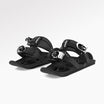




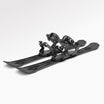

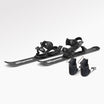






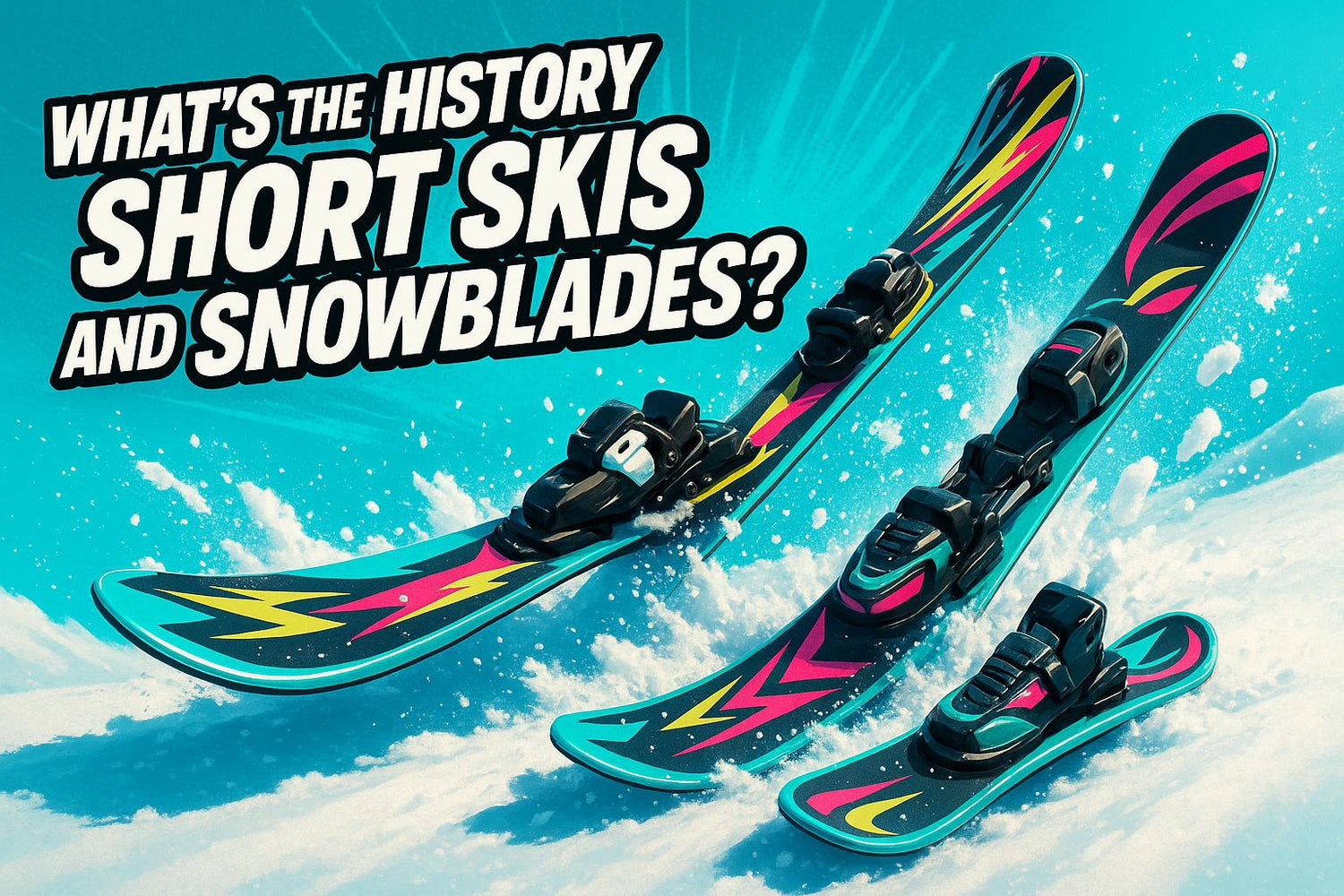
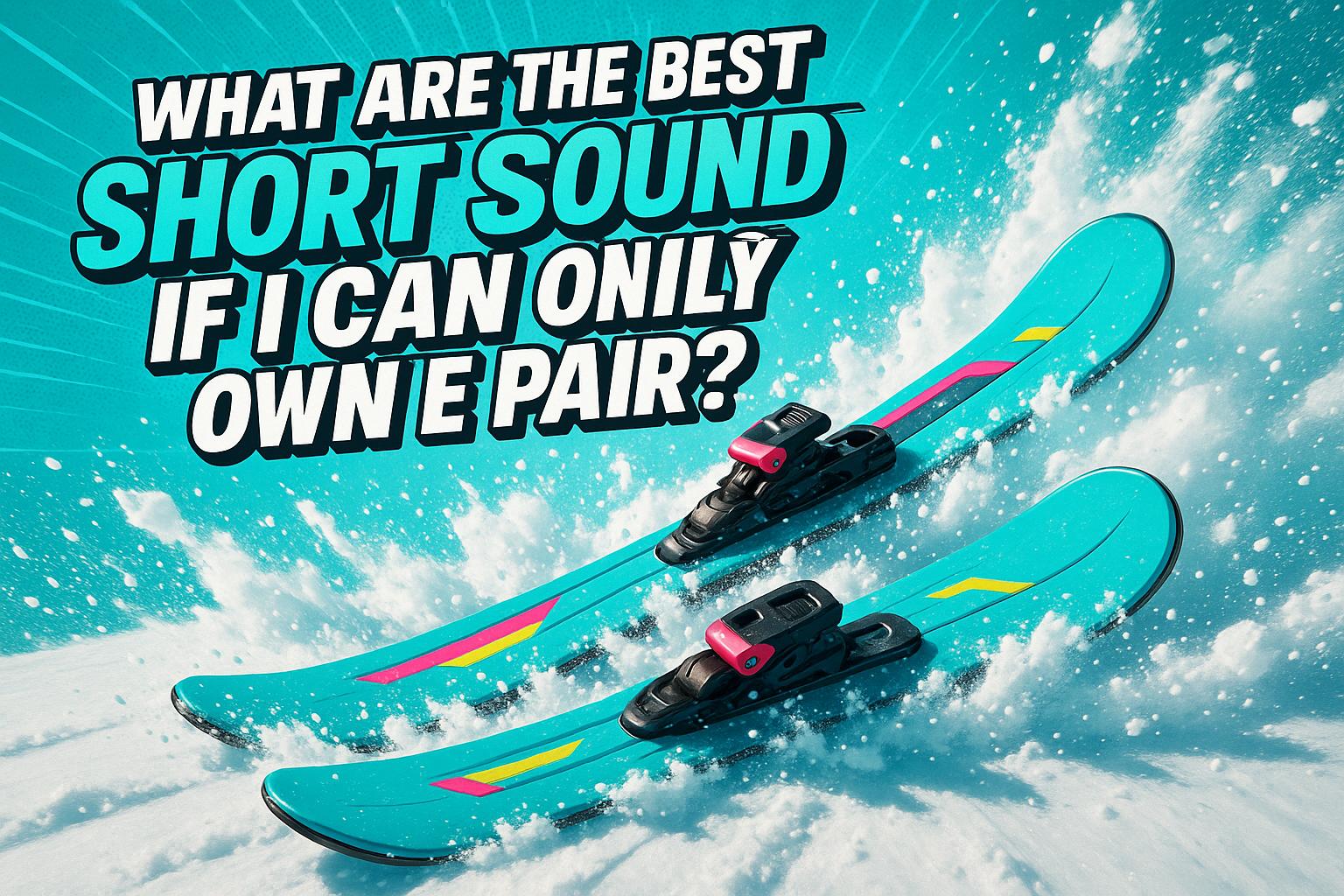
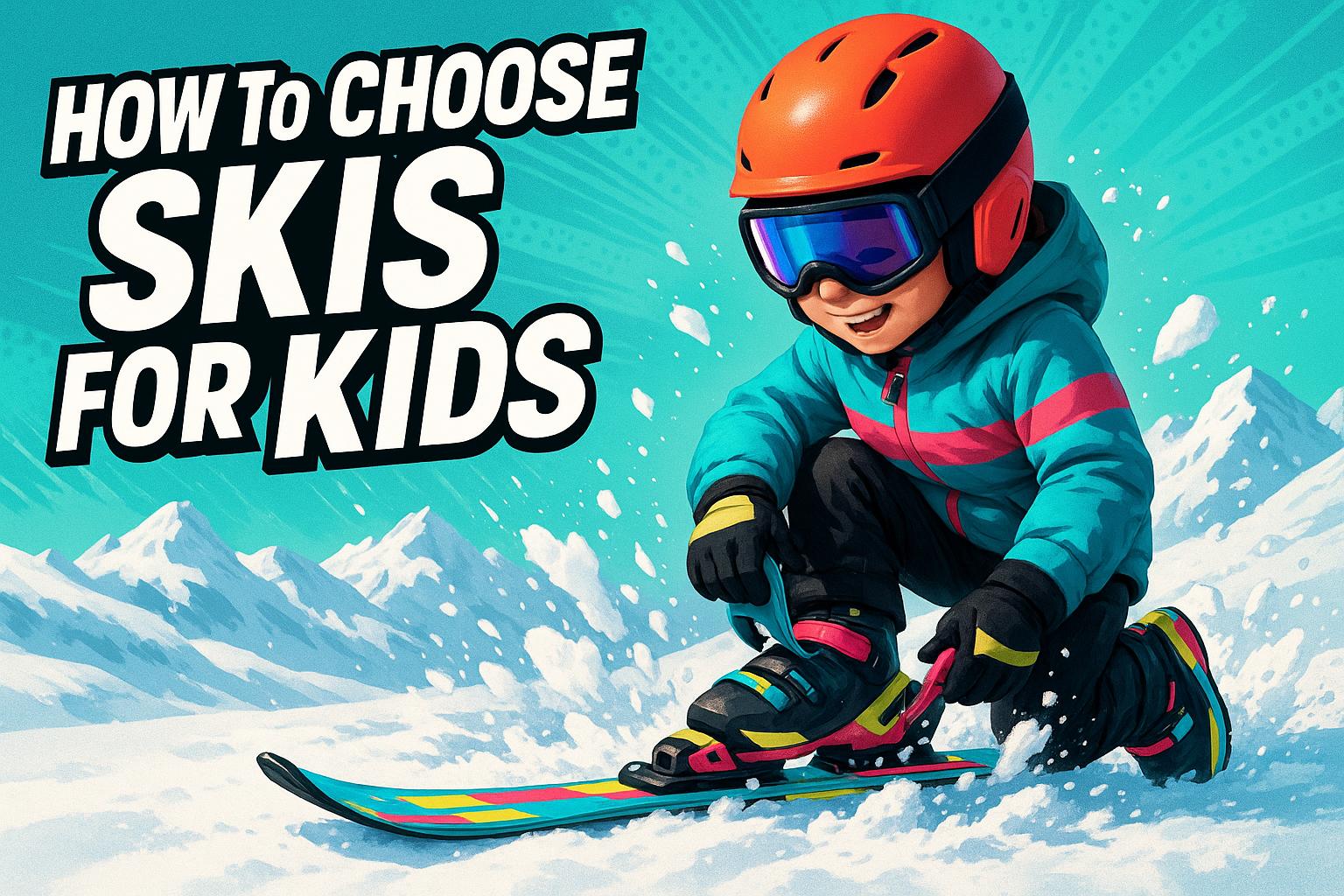

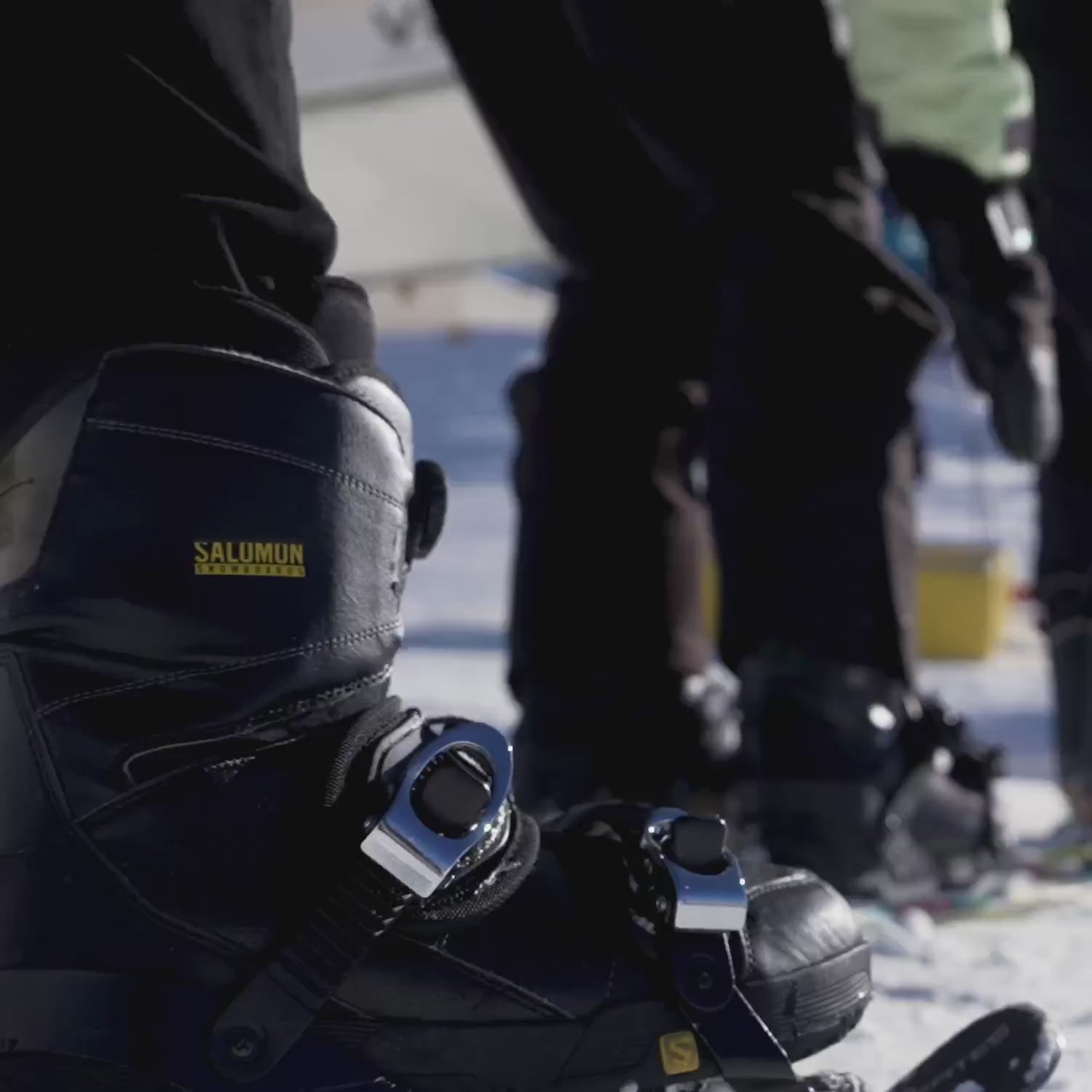

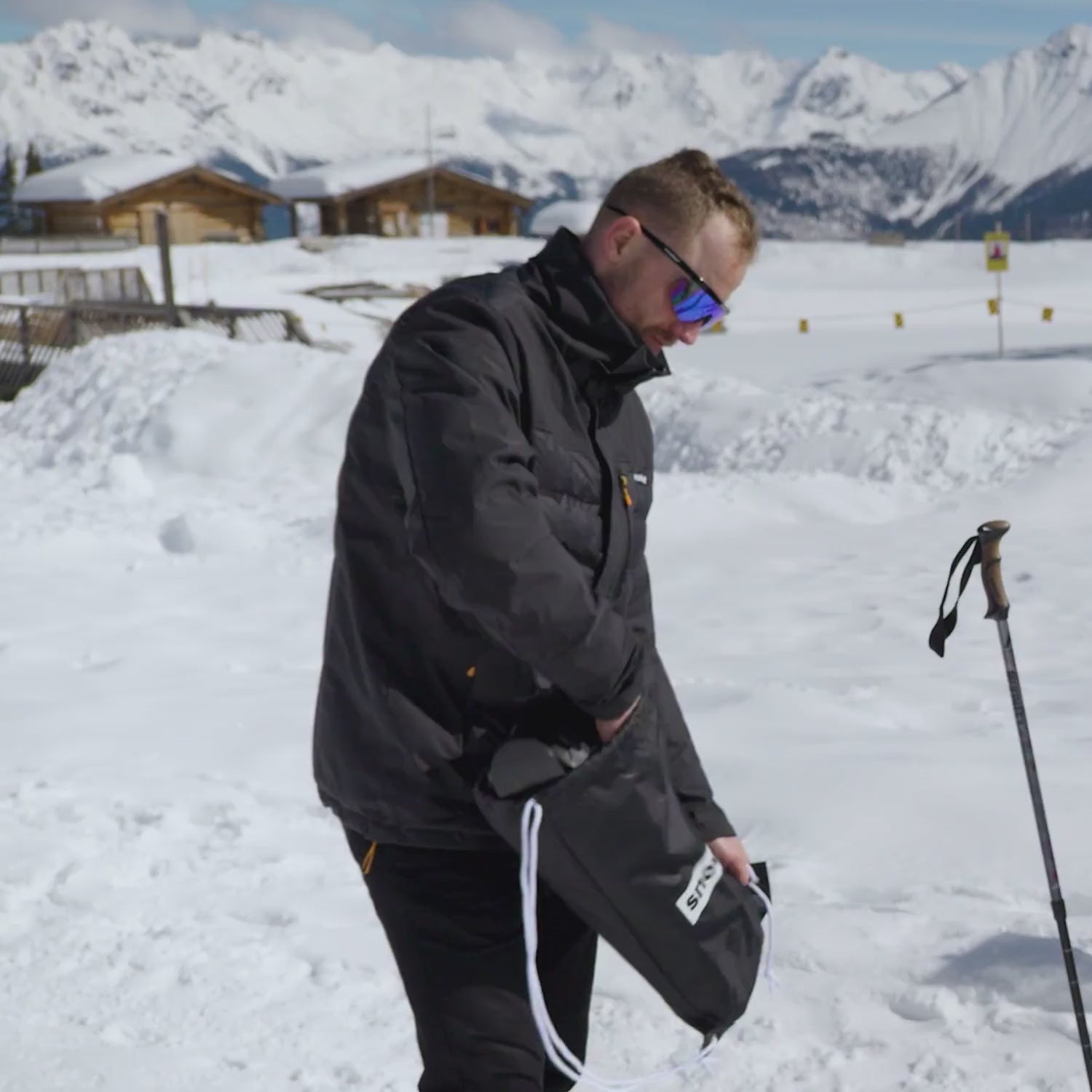
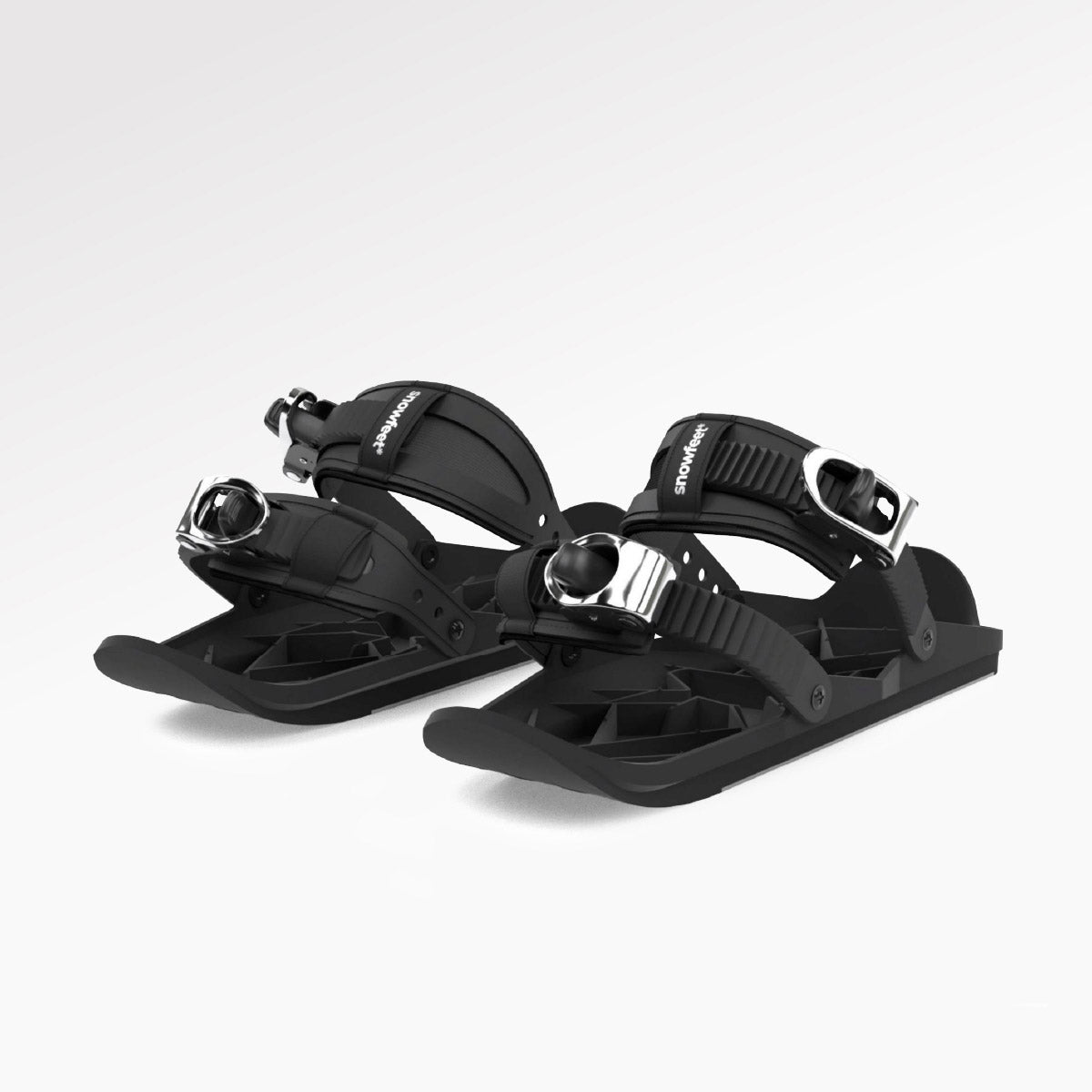
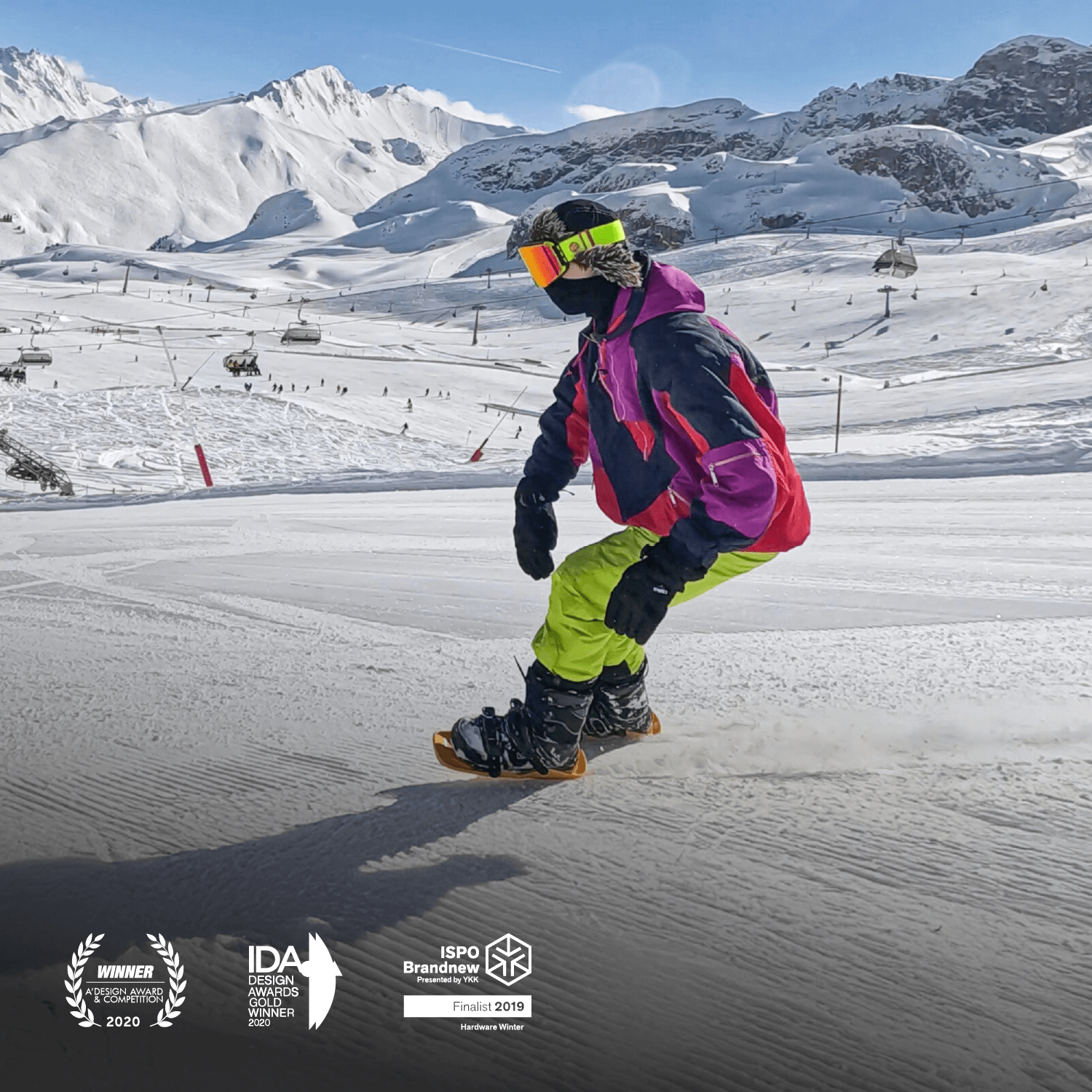

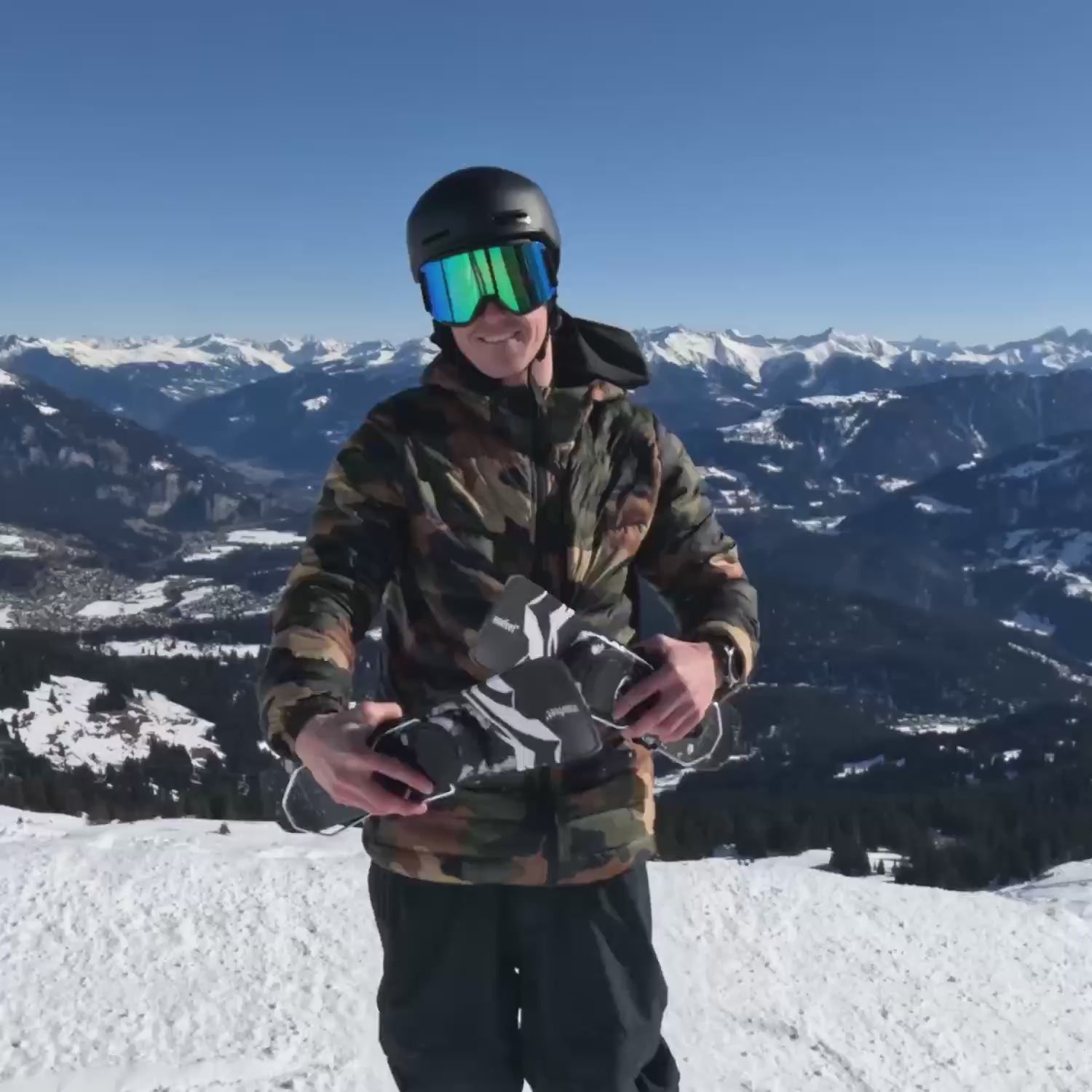

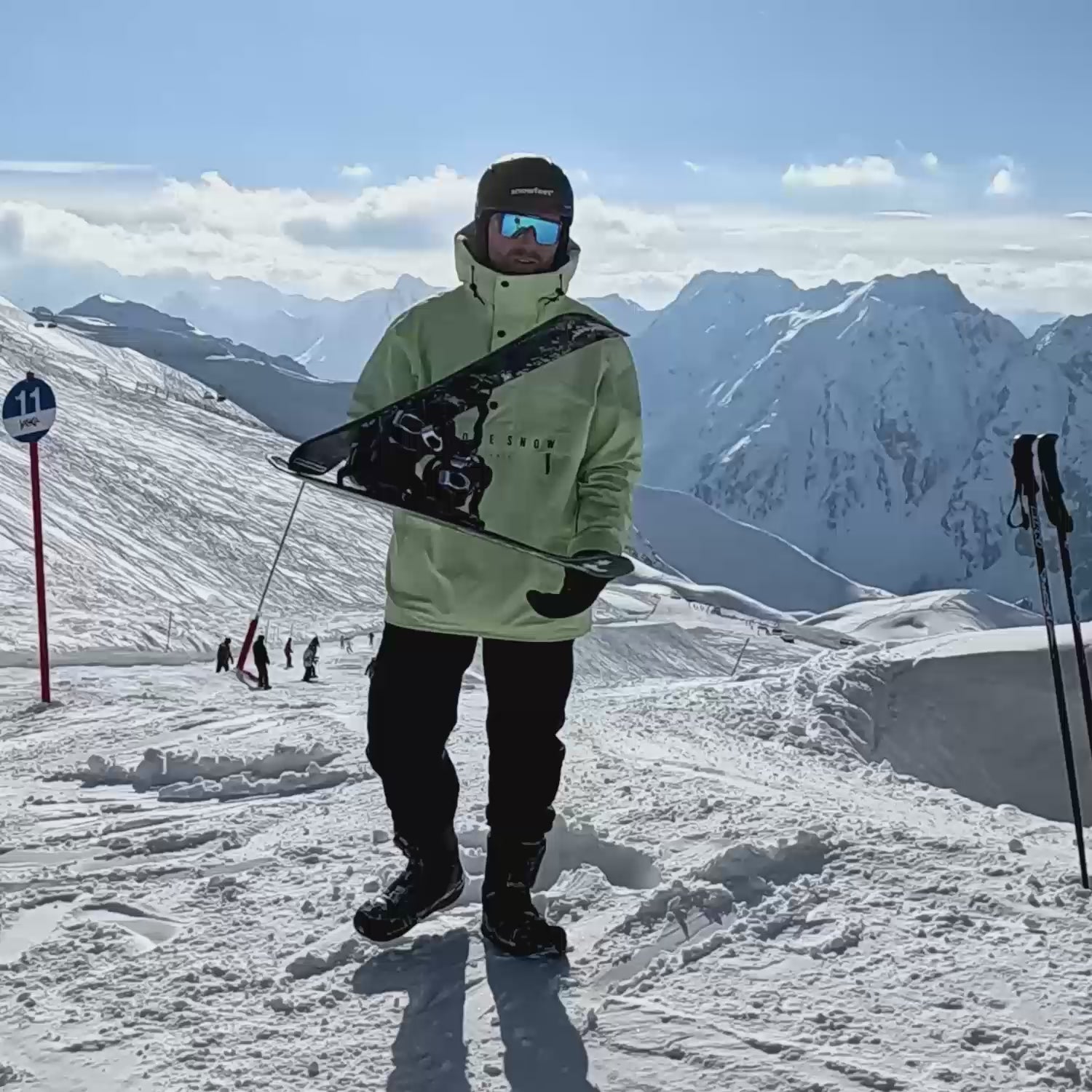
Leave a comment
This site is protected by hCaptcha and the hCaptcha Privacy Policy and Terms of Service apply.